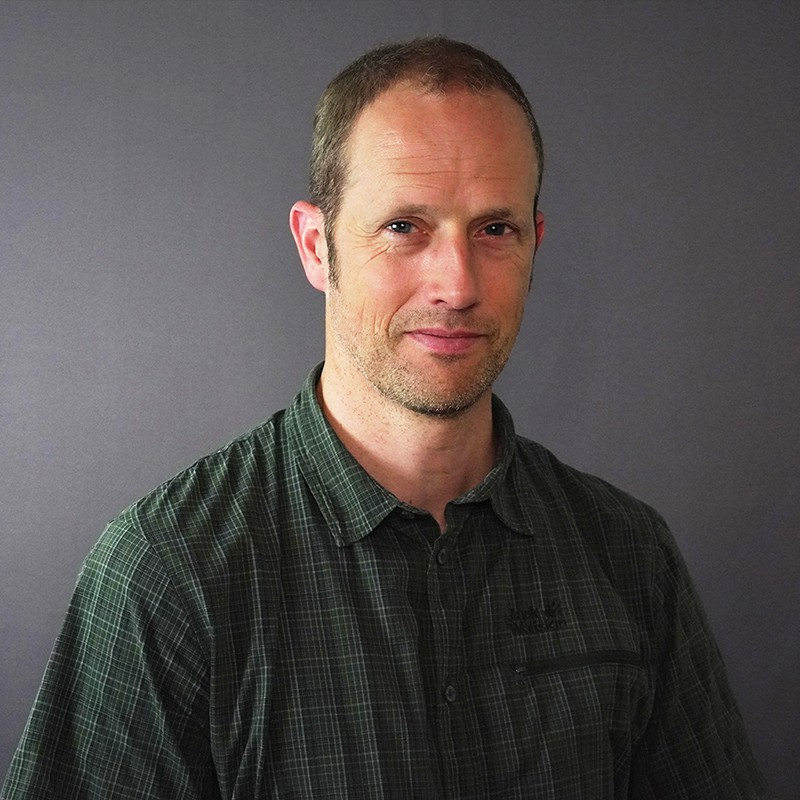Publikasjonsdetaljer
- Journal: Archaeological Prospection, vol. 16, p. 1–15–15, 2009
- Utgiver: John Wiley & Sons
-
Internasjonale standardnumre:
- Trykt: 1075-2196
- Elektronisk: 1099-0763
- Lenker:
Archaeological sites are sometimes visible in satellite images as soil or crop marks. At best, the marks are distinct, but they tend to have less contrast with the background than many other patterns in the images. Consequently, reliable automated detection based on pattern recognition is very di cult. Our method detects circle shaped soil and crop marks in the panchromatic band of high-resolution satellite images of agricultural elds. Such circular marks may be caused by burial mounds. In our approach, local contrast enhancement is applied in order to make weak marks more distinct. The image is then convolved with ring templates of varying sizes, giving high absolute values at candidate circular mark locations. Each candidate mark is presented to an operator, who may reject it. We tested our method on Quickbird images from south-east Norway. The number of detected candidate marks could be varied by changing a threshold value. A reasonable compromise between not detecting too many false rings and at the same time detecting as many true rings as possible, might be when the number of false detections is approximately seven times the number of true detections. In this case, 11 out of 15, or 73%, of the strong rings were detected, and 5 out of 10, or 50%, of the fairly strong rings were detected. This is 16 out of 25 of the strong and fairly strong rings, or 64%. Archaeologists state that the software tool we develop will be helpful for locating potential cultural heritage sites. Although it makes many false detections, it will relieve the operators from time consuming manual inspection of entire images.

